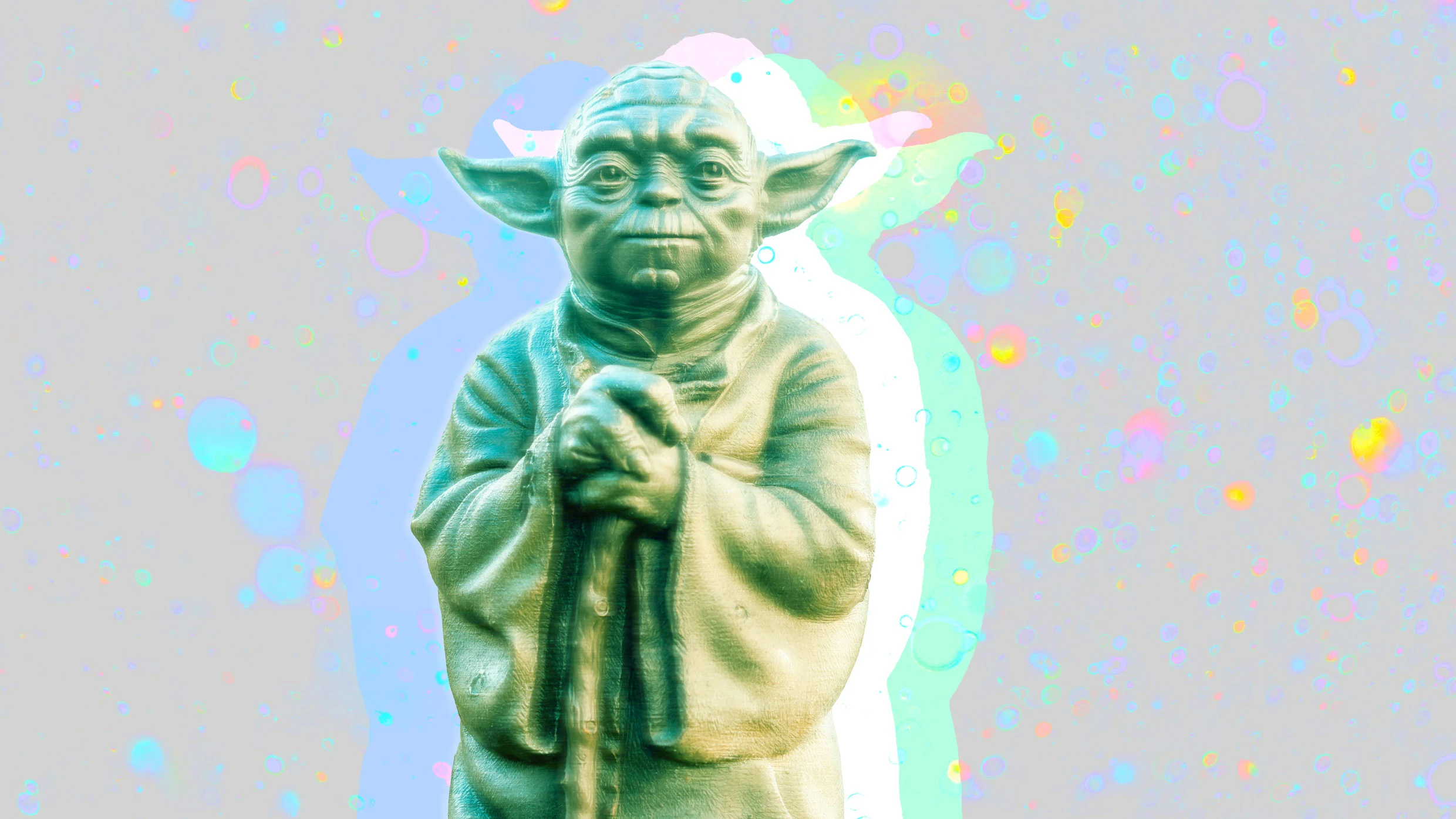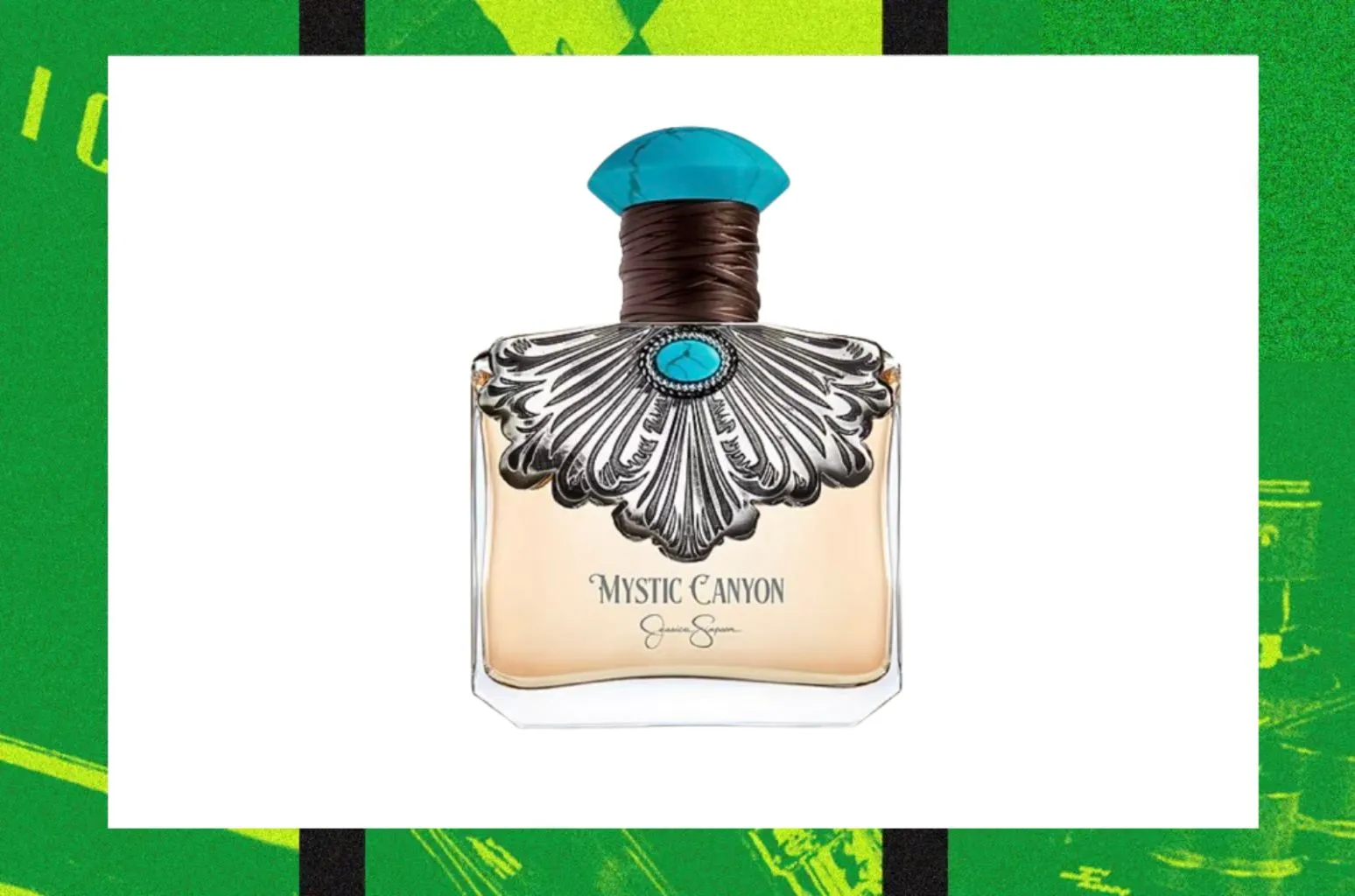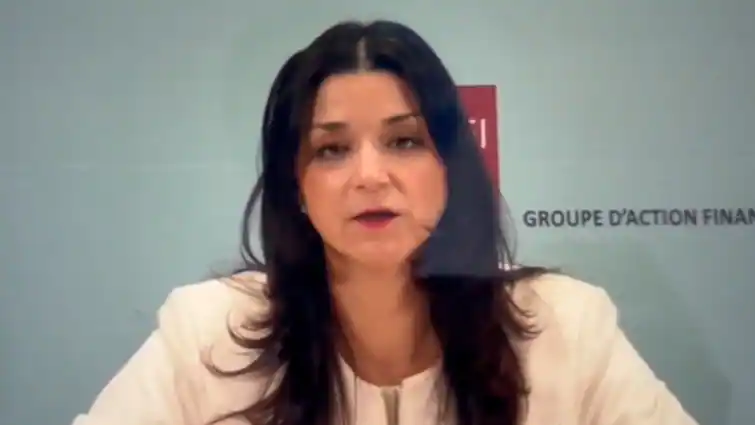Copyright Fast Company

Early in my career, I was fortunate to cross paths with a mentor who changed how I saw design—and myself. He ran a small studio whose influence reached far beyond its size. He led with a quiet confidence and quick wit, showing how intelligence and humility could coexist in the creative process. I was passionate about the craft, but there was still so much more to learn about the tools, and about business. He taught me how to infuse storytelling into design. How to navigate constraints. How to bring meaning to every project, not just the ones that sparked instant excitement. He reminded me that creativity thrives on play and curiosity, and that if you lose joy in the process, the work suffers. Those experiences taught me that mentorship is about passing down not just skills, but a way of seeing and approaching the work. The guru form of mentorship—the close, sustained one-to-one relationship between an experienced guide and an eager apprentice—has given way to something more imaginative and community-based. For me, much of that evolution has been visible through creative networks like AIGA that champion connection and professional growth. In addition, platforms like ADP List help creatives solve problems and refine their portfolios through focused, 20-minute feedback exchanges. Inclusive group-based initiatives such as Break the Wall blend workshops, one-on-one meetings, and targeted training to build confidence and open doors for underrepresented creatives. This new wave of mentorship redefines how we learn from each other in a post-pandemic world when proximity is no longer a given. It challenges the belief that deep creative growth depends on shared physical space, replacing it with something more fluid and democratic. How are these new approaches enriching creative mentorship, and what do we risk losing along the way? Subscribe to the Design newsletter.The latest innovations in design brought to you every weekday Privacy Policy | Fast Company Newsletters The Demise of Guru Mentoring During the era of the hands-on mentor, you didn’t just learn what someone did. You absorbed how they thought, often through shared experiences. When I joined Fifty Thousand Feet in 2004, the lessons my mentor taught me became the foundation for how I approached creative leadership and helped grow the practice. I learned that mentorship doesn’t stop with one relationship; it becomes part of how you lead—and help others to lead. When more experienced designers remind their teammates that trust is as essential to great design as aesthetics, mentorship becomes collective. It becomes how we grow together. When the pandemic hit, creative studios went quiet. Overnight, our way of working, defined by proximity and spontaneity, was replaced by screens and schedules. We lost the informal learning that happens in passing: the sketch on someone’s desk, the overheard critique, the unplanned spark of collaboration. Many leaders tried to re-create that closeness through digital tools. We held virtual check-ins and all-hands meetings. But something was missing. The energy of shared space, the easy conversations, the sense of momentum, was hard to replicate. Collaboration became more intentional, but less organic. In that absence, the creative industry began searching for new models that could sustain connection and growth in a hybrid world. The Rise of New Mentorship Models What followed was a burst of experimentation. Across the industry, new forms of mentoring have gained momentum since the pandemic, combining structure with flexibility and access. Micro mentorship has become a favorite starting point. These short, focused sessions meet creatives where they are, helping them refine portfolios, shape presentations, or overcome creative blocks. The approach trades hierarchy for immediacy. For younger designers, it opens the door to multiple mentors instead of one. For mentors, it offers the chance to share expertise in moments that matter most. At the same time, peer learning communities are reshaping how creatives connect. These networks erase titles and encourage reciprocity. One week you are the mentor, the next you are the learner. Younger professionals bring fresh fluency in tools and culture, while veterans share hard-won perspectives. That exchange keeps creative cultures evolving. Even traditional apprenticeship models are changing shape. Adobe’s Creative Apprenticeship, for instance, links aspiring designers with more than 200 creative leaders and 35 agency partners. It borrows the rigor of the studio system but scales it globally. Meanwhile, digital communities of practice have become the connective tissue of the industry. Organized around disciplines or shared challenges, they create space for ongoing dialogue, workshops, and portfolio exchange. Together, these models show that mentorship did not vanish in the pandemic. It adapted. It became faster, more open, and more human in its reach. advertisement The Benefits of Peer Learning and Community New forms of mentorship break down barriers of geography, hierarchy, and privilege. A designer in Nairobi can now receive feedback from a creative director in New York. A freelancer can find a sense of belonging in a global online forum. They also diversify the voices shaping creative careers. Traditional mentorship often reflected proximity—who sat near whom, who belonged to which agency, who got noticed. Community-based mentorship opens the door to people with different experiences, disciplines, and perspectives. That diversity fuels innovation by exposing creatives to new ways of thinking and working. Peer and micro-mentorship also allow for real-time feedback rather than waiting for annual reviews or rare moments of contact. They make mentorship a living part of the workday. And perhaps most importantly, they distribute the emotional labor of mentorship. Instead of depending on one relationship, creatives can build a constellation of guides, akin to a network that evolves as their career does. What We Risk Losing Yet efficiency has its costs. The quiet accumulation of trust and shared history that forms the long arc of mentorship is harder to replicate online. Tacit knowledge, the kind that comes from watching how someone handles conflict or reads a room, can be difficult to transfer in a virtual environment. There is something to be said for the value of serendipity, too. In-person work creates unplanned learning: the overheard insight, the offhand comment that sparks an idea. Virtual platforms tend to optimize for structure, not discovery. Without care, mentorship risks becoming transactional, something to schedule rather than something to live. Blending the Old and the New But we don’t have to lose the good things about one-to-one mentorship. The future of creative mentorship might not be about choosing one model over another. It’s about synthesis. The one-to-one relationships that shaped generations of creatives can coexist with today’s distributed, community-driven systems. The key is to preserve the human connection at the heart of mentorship while expanding who gets to participate. For creative leaders, that means being intentional about creating the conditions where mentorship thrives. Make it part of your culture, not an HR program. Pair senior and junior talent on projects and encourage them to exchange feedback in both directions. Create small circles or pods where peers can learn from each other. Recognize mentorship in performance reviews, not just deliverables. Use digital platforms for access, but keep curiosity, trust, and generosity as your operating principles. Mentorship is how creative culture renews itself. Whether it happens across a desk or across a screen, it remains the most human way we learn to create, lead, and grow.



